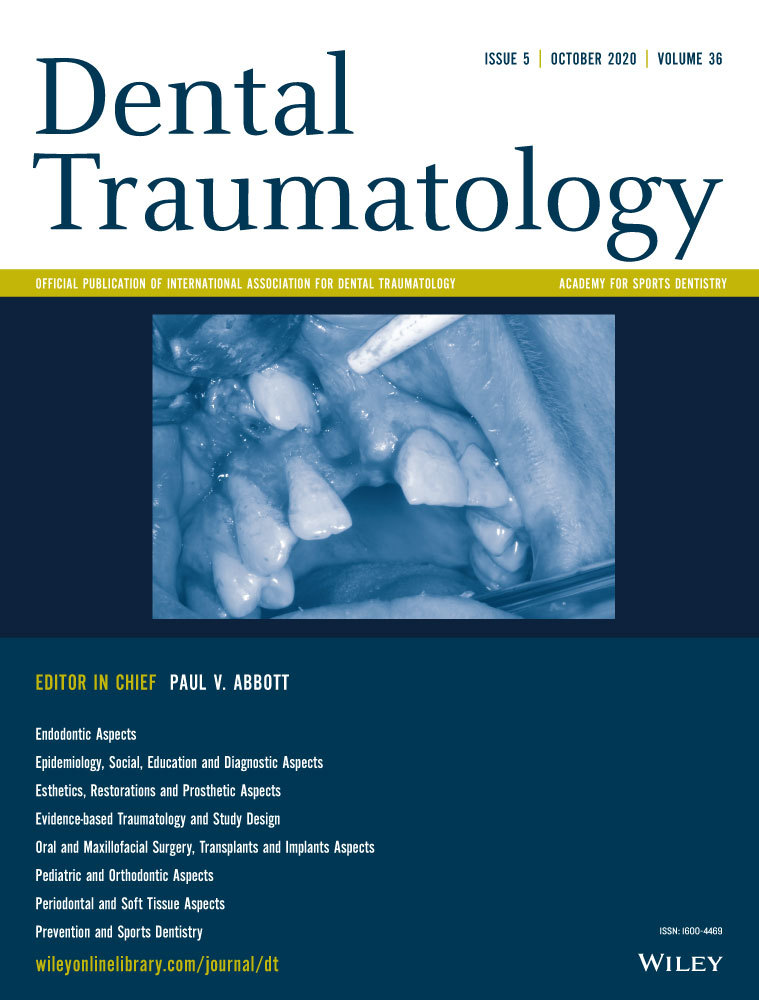Influence of school environment on occurrence of traumatic dental injuries in 12 years old children
Abstract
Background/Aim
Since children spend most of their time in school, some environmental characteristics of the schools may influence the occurrence of traumatic dental injuries (TDI). Therefore, the aim of this cross-sectional study was to assess the prevalence of TDI in 12 years old children in Quito, Ecuador, and its association with some school environmental aspects.
Material and methods
Six calibrated examiners evaluated 998 children from 31 public schools of Quito, to evaluate the occurrence of TDI in anterior teeth. School coordinators answered questionnaires on school physical conditions, promotion of health practices and the occurrence of negative episodes in school. The occlusion and socioeconomic status of the participants were also evaluated. Prevalence of TDI, unadjusted and adjusted by the design effect was calculated. Association between individual and contextual explanatory variables and presence of TDI were evaluated using multilevel Poisson regression analysis (P < .05).
Results
TDI prevalence adjusted by design effect was 20.7%. Children studying in schools with patio floor of grass and with access ramps had significantly lower prevalence of TDI than children studying in schools with patio floor of cement and with only stairs, respectively. The prevalence of TDI was also lower in children from schools that offered healthy meals or that had a proper place for oral hygiene.
Conclusions
Schools with adequate physical structures and that promote health practices to their students have a lower prevalence of TDI.
CONFLICT OF INTEREST
The authors confirm that they have no conflict of interest.




